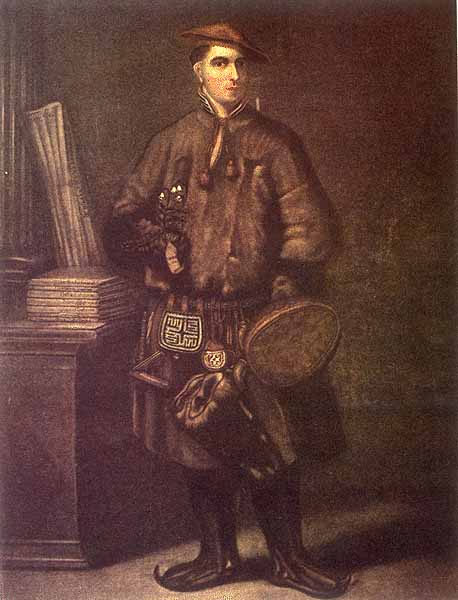Broadly considered, could you answer how trade and prosperity helped bring about new ideas around the globe?
An early news pamphlet or "newsbook," the forerunner of the newspaper, from 1660
William Hogarth's South Sea Scheme, 1721
Pamphlets, newspapers, and later, political images were important developments in spreading ideas in Europe and elsewhere. How did this revolution in inexpensive communication reorder traditional patterns of influence?
Here is another interesting Hogarth work - a painting from which an engraving would be made. How had representational art changed? How did it reflect the way society had changed in the 150 years before this painting appeared?
An English Coffeehouse of the 18th Century
The voyages of Captain James Cook
Carl Linnaeus (1707-1778)
Japan, as you have read, did everything in its power to maintain trade with the West without having to put up with all of those pesky intellectual trends washing ashore. Their solution was Dejima or Deshima Island, depicted below:
The Dutch VOC became the sole traders in Japan in

A French account of Japan in German from 1663
Lastly, some specifics that you should have gotten out of the book:
Why didn't the Chinese or Mugal worlds find much worthwhile in European ideas?
How and in what context did academic plagiarism become a problem in China?
What new conceptions of "race" emerged with both the population of the Americas and in the context of new Linnaean approaches to taxonomy?
Some terms from Chapter 14:
Kanun
ulama
Safavids
Taj Mahal
No and Kabuki
Shinto
Galileo and Bacon
Voltaire
Coffeehouse culture
Locke
Asante, Oyo, Benin
Captain Cook and Carl Linnaeus
Great Chain of Being







No comments:
Post a Comment